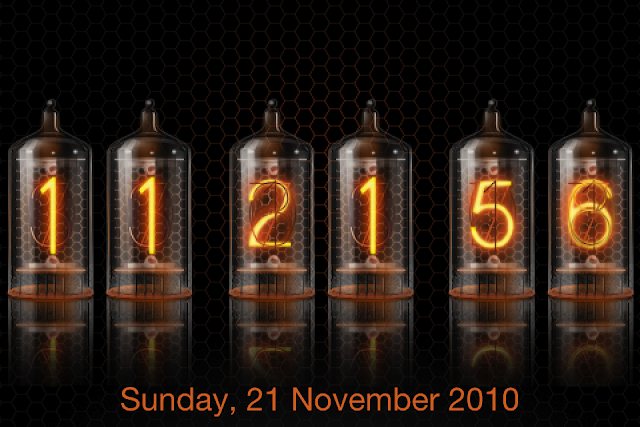First, some history about vacuum tubes. Computers (and millions of electronic devices) today use Integrated Circuits (ICs). The beauty of these devices is they can cram billions of transistors into impossibly small spaces, saving power and space. The heart of these devices is the transistor, which is an electronic switch. Using the correct arrangement of transistors controlling one another, a system can do calculations, and other things. Transistors themselves use silicon with extraordinarily controlled compositions. Before transistors, there was the vacuum tube. How did people make electronic switches before silicone? The vacuum tube, which is a glass tube with wires but no air inside, was used. These tubes were about the size of lightbulbs and got hot when used, so it's no surprise early computers occupied entire rooms and required air conditioning. Today, you can still find vacuum tubes in high-end audio equipment. Audiophiles prefer the "warm" sound, but I don't see why the effect can't be simulated using software.
In summary, the history of the computer: vacuum tubes > transistors > integrated circuits. Before that came paper punch cards and mechanical calculation devices.
In physics labs, I saw some really old equipment that used what looked like vacuum tubes to display numbers. I found out they're called Nixie tubes:
The numbers seemed to be produced by glowing wires, and you could see different wires in the shape of different numbers. How quaint! Although it may seem this kind of display would take very long to refresh and not be suitable for sub-second timing, the machine I saw it on actually used it to display 1/100 seconds, so their refresh time is actually very fast.
I thought, hmm these would make a very interesting clock, much more unique than flip clocks. I searched for them on eBay, and wow, they're pretty expensive, and I didn't like the designs (I don't like the tubes being exposed). Then I realised, surely there's an app for that?
Searching for "nixie tube clock" in the App Store found a few such apps. In the end, I settled on Nixie Clock A:
- Built-in alarms
- User backgrounds
- Disable auto-lock
- Selectable tube colours
In landscape mode, it shows the seconds as well. I wish it'd show larger numbers in portrait mode, maybe by using 2 rows. The main problem is the contrast isn't very good, so it can't be seen from very far away.
I'm wondering if using the iPhone as a clock will wear out the screen, either the light source or cause screen burn. I suppose it's not that bad, looking at the iPhones on display at the Apple Store, which are on all the time. Same for their MacBooks.
Another interesting fact about nixie tubes - Steve Wozniak, co-founder of Apple, has a watch that uses them as a display. I'd think they use a lot of power - I wonder where his watch gets power?
Sadly, vacuum tubes and nixie tubes are no longer manufactured today. It bothers me using something which has limited stocks. Maybe if demand is high, they will resume being manufactured in the future?





No comments:
Post a Comment